7 Off The Beaten Path Wonders Of The World. Everyone loves lists. Why? Because every list is incorrect, and you can chime in with your opinions, suggestions, and corrections. And when it comes to travel, people are continually creating lists and then debating their merits. People love to rank everything, whether it is the best beach, wildlife, trek, museum, or sunset. Lists do perform a function since is spurs debate and interest and invites one to explore that which might have not been considered previously.
And list making is not just an exercise of present-day man, but dates backs centuries. Travelers created travel lists over 2000 years ago in Ancient Greece. The wonders of the world at that time were limited to the known world of the Egyptian, Persian, Babylonian, and Greek civilizations. The Seven Wonders of the Ancient World was a list that captured the wonders of the man-made structures built by man before Christ. Here is the list of those ancient wonders:
- Temple of Zeus at Olympia
- Temple of Artemis at Ephesus
- Mausoleum at Halicarnassus
- Colossus of Rhodes
- Hanging Gardens of Babylon
- Pharos of Alexandria
- Pyramids of Giza
Unfortunately, only one of these wonders is known to man today, the Pyramids of Giza. All of the others have been lost to time.
Not to despair since in 2007 a new list premiered, New7Wonders of the World. The names on this list will for most appear to be more familiar. And hopefully some of you have been able to visit these magnificent man-made creations.
- Machu Pichu
- Taj Mahal
- Great Wall
- Colosseum
- Petra
- Christ The Redeemer
- Chichen Itza
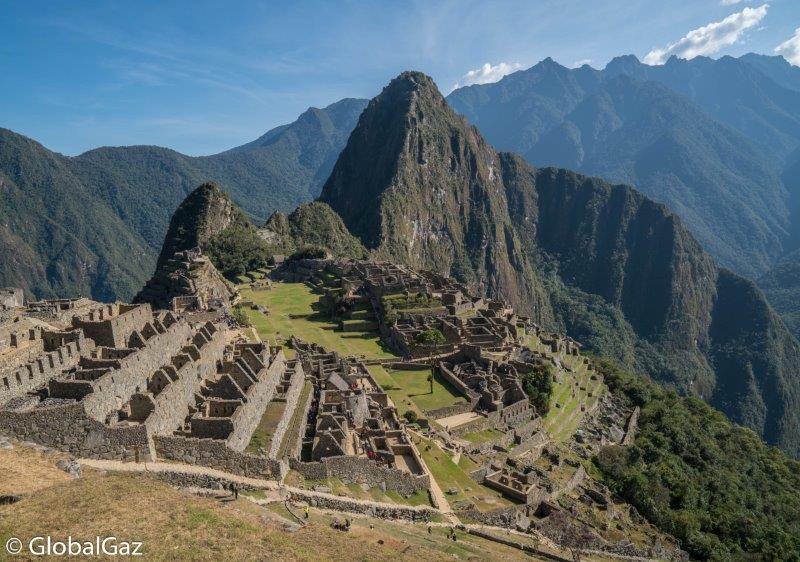
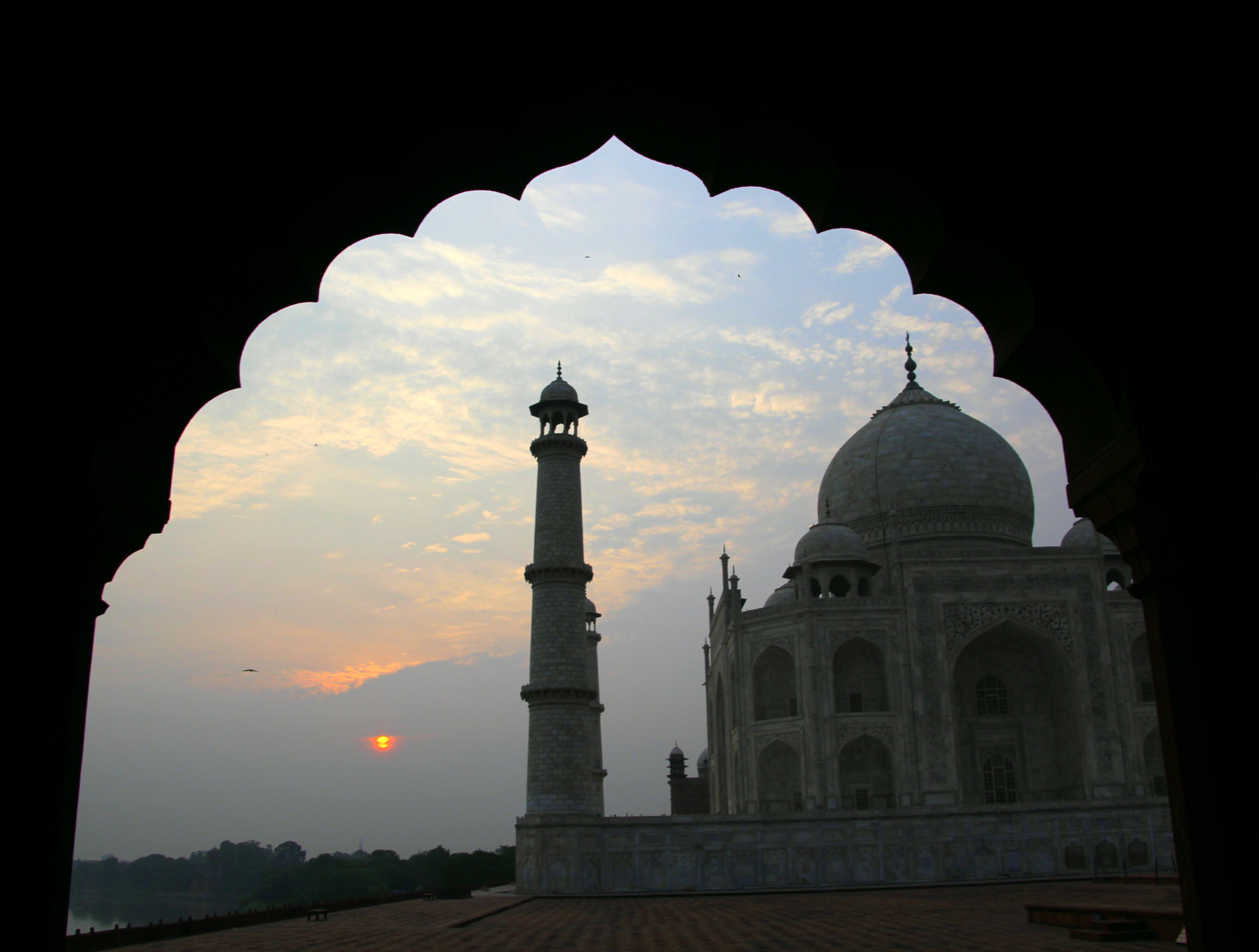
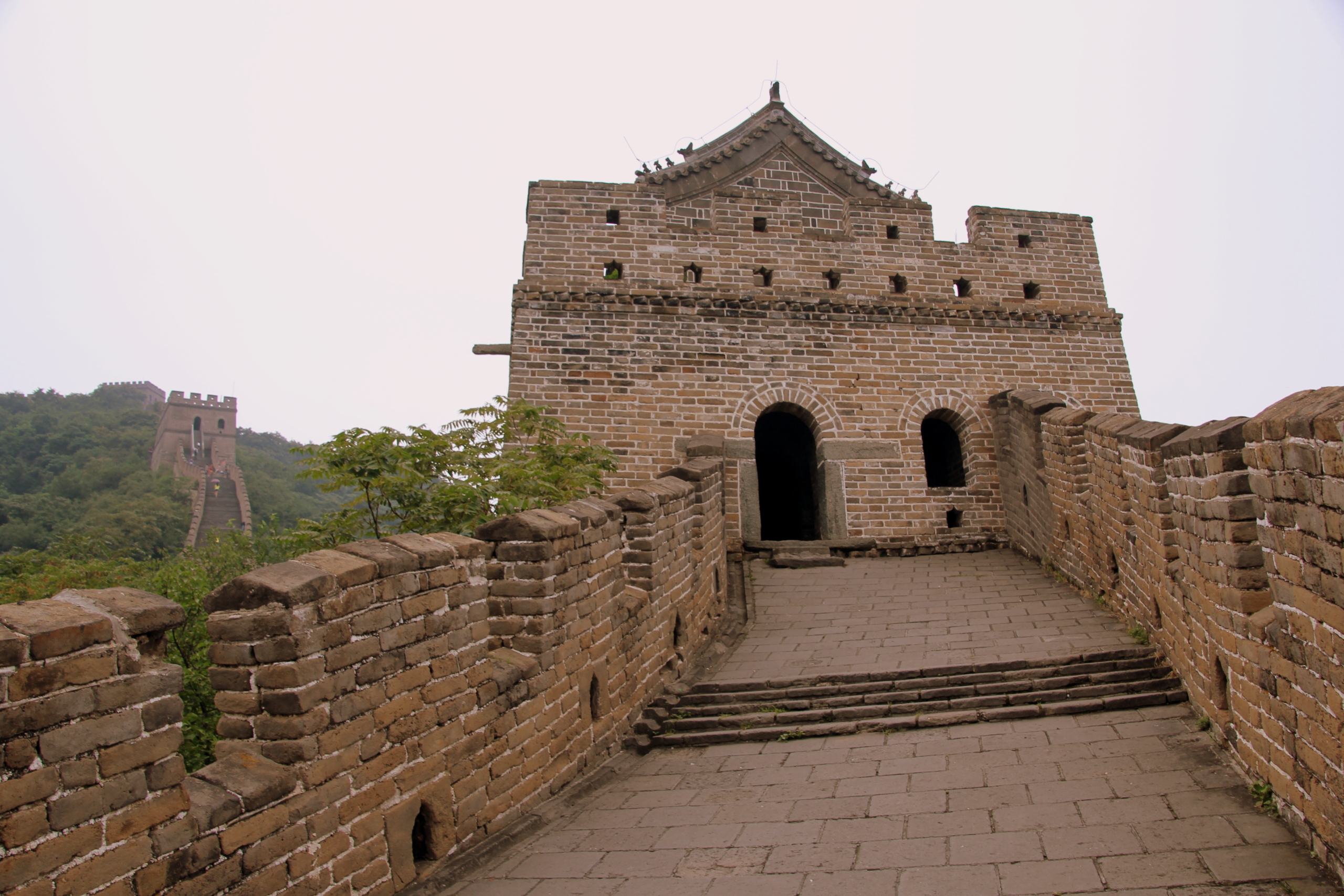
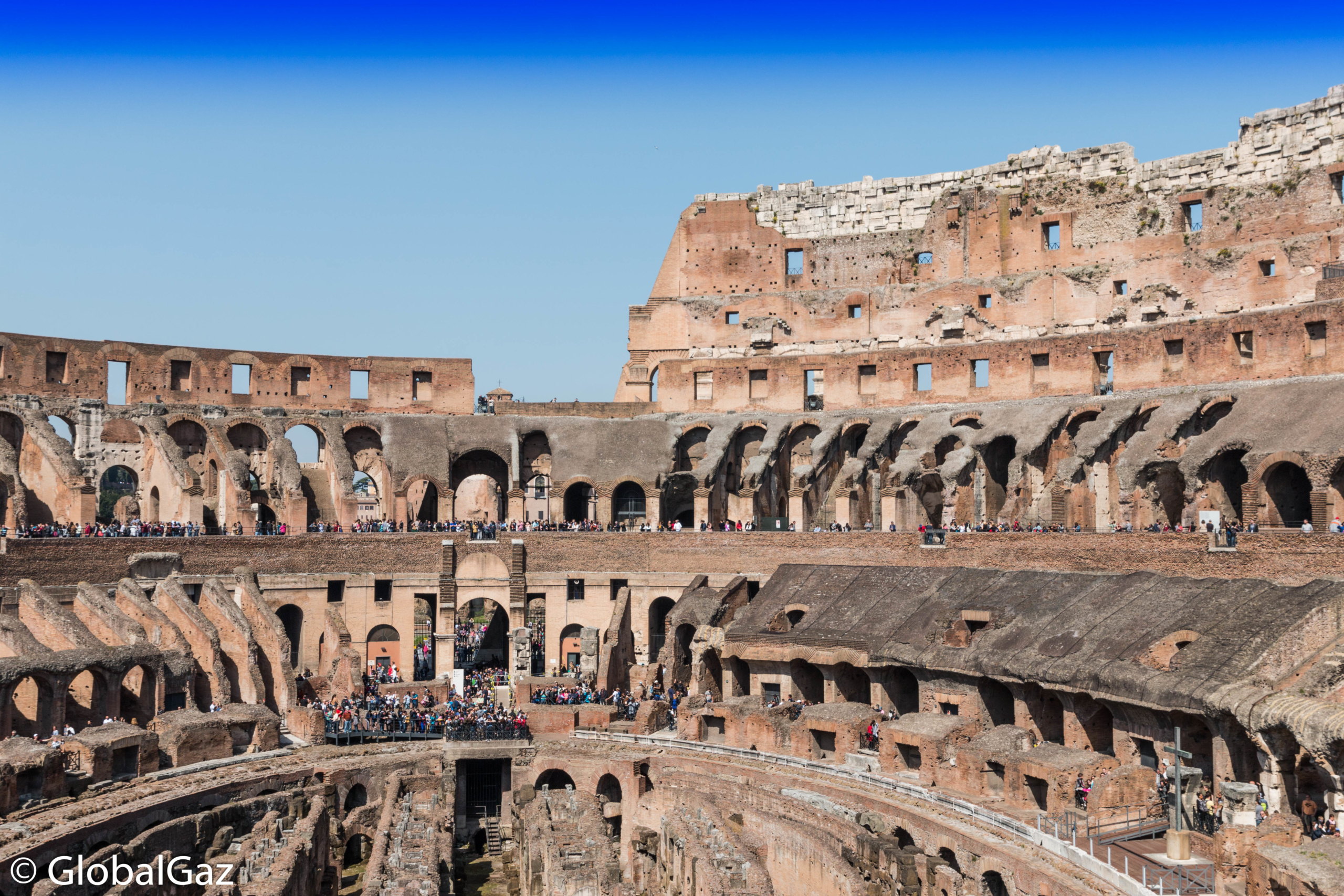




This updated list was the result of a global contest that started with 200 existing monuments. Over 100 million votes were cast. The Pyramids of Giza were later granted honorary status. Of course, I took offense with this list upon its announcement. While I love Christ The Redeemer and its incredible setting overlooking Rio de Janeiro, the statue is less than 100 years old. And in clear conscience I cannot place it in the same category as the ancient stone carvings of Petra.
Chichen Itza is a pre-Columbian civilization that dates back 1000 years in Mexico. While Chichen Itza is an expansive and well-preserved monument it does not move me in the same way as the Temples of Bagan in Myanmar or Angkor Wat in Cambodia. Neither of those sites made the list.
7 Off The Beaten Path Wonders Of The World
With that said, I thought I would wander into this travel list minefield with my own list. It is the list of 7 Off The Beaten Path Wonders Of The World. Lists are always very subjective. And how do you define off-the-beaten-path? In short, I know it, when I see it. I would argue that the Taj Mahal is known literally to billions of people and this magnificent monument is visited by millions. The Great Mosque of Djenne (which is listed below) literally might receive zero foreign visitors on any given day. This to me is off-the-beaten-path destination.
These are wonders that are not well-known or visited but deserve to be. Of course, this is only my opinion and experiences. I have created this list after visiting over 140 countries and have personally been to all of these monuments. Let the debate begin!
Great Mosque of Djenné
The Great Mosque is located in the sleepy, isolated town of Djenne in Mali. Mali despite its rich history and culture is not a tourist hotspot due to instability and violence. The Great Mosque is a UNESCO World Heritage Site that dates to 1907 and is considered to be the largest mud structure in the world. Multiple mosques have stood at this location dating all the way back to the 13th century.
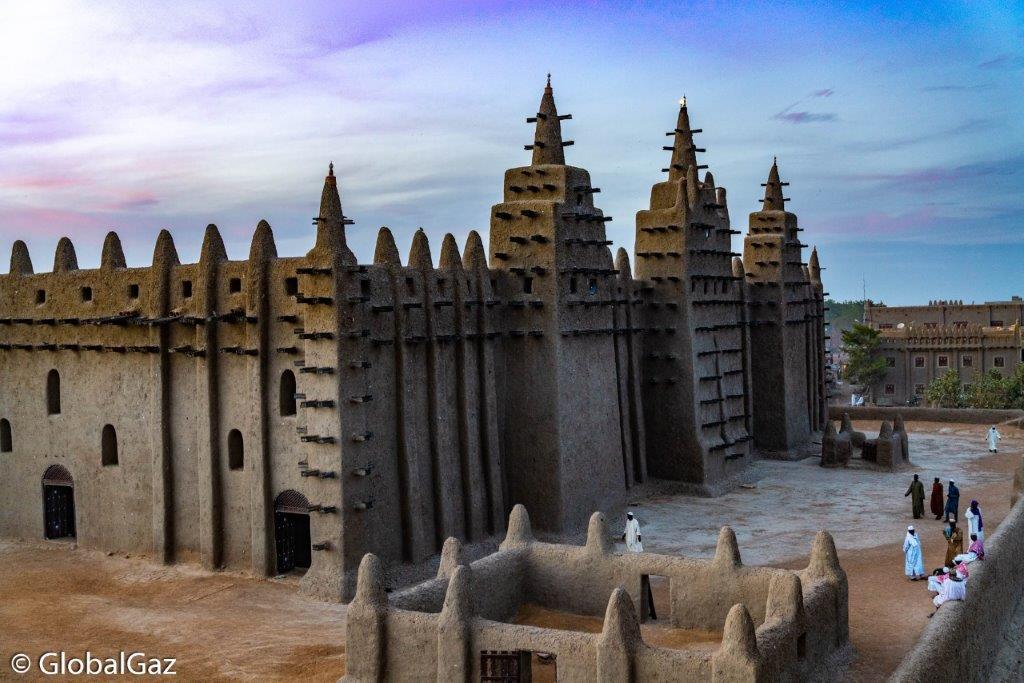
Half the adventure is getting here. I left at sunrise from Bobo-Dioulasso in neighboring Burkina Faso and arrived in Djenne a bit before sunset. The car slid off the ferry, and I drove into this ancient mud-baked walled city. The card roads wheeled trough the deep sanded roads and then I stood in front of the Grand Mosque in gratifying solitude.
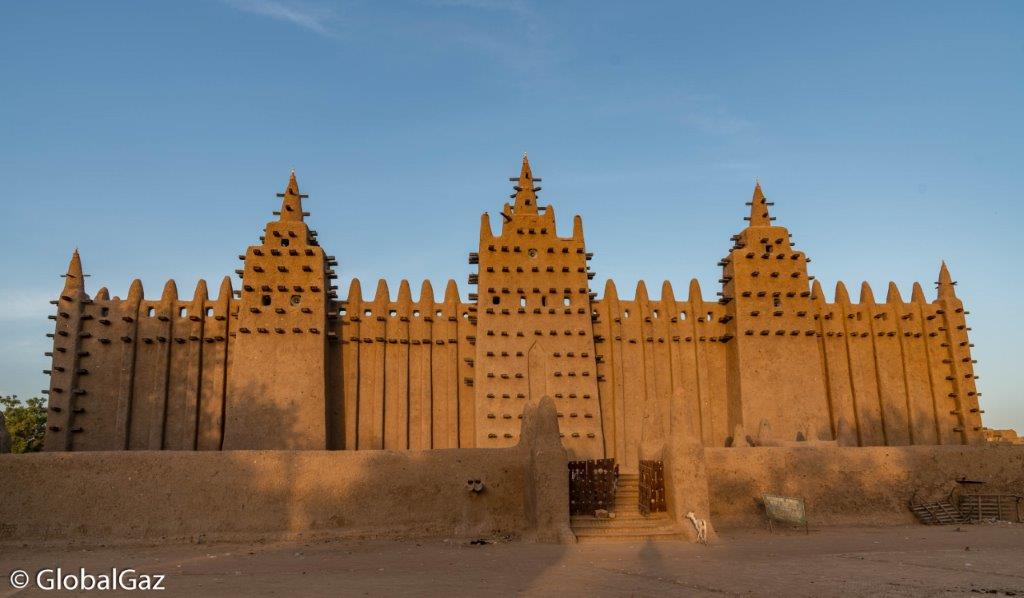
Mrauk U
Mrauk U is located in the western part of Myanmar, closer to the India and the Bangladesh border. For over three centuries it served as the capital of the powerful Mrauk U Kingdom. Hundreds of temples and pagodas may still be found in a compact area. For those who have been to Bagan, the contrast is pleasing. Mrauk U is set on undulating hills with the temples dotting the landscapes. Bagan’s temple-filled panorama is magnificent while Mrauk U’s richness is found in its interiors.
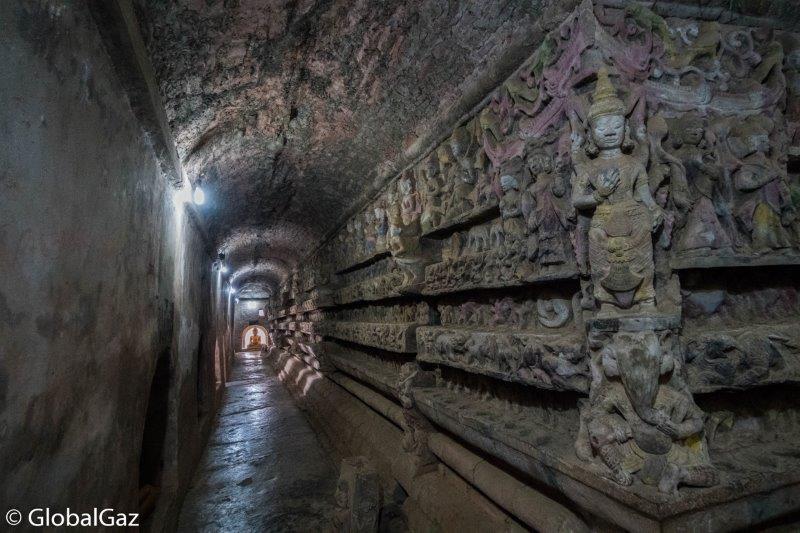
Mass tourism has not arrived at Mrauk U yet, through a combination of its isolation and unfortunately to occasional violence. A flight or a 20-hour ride from Yangon is required to arrive at the gateway of Sittwe, followed by a three-hour boat ride to Mrauk U. Then at your leisure whether on bike or car you may explore these timeless temples.
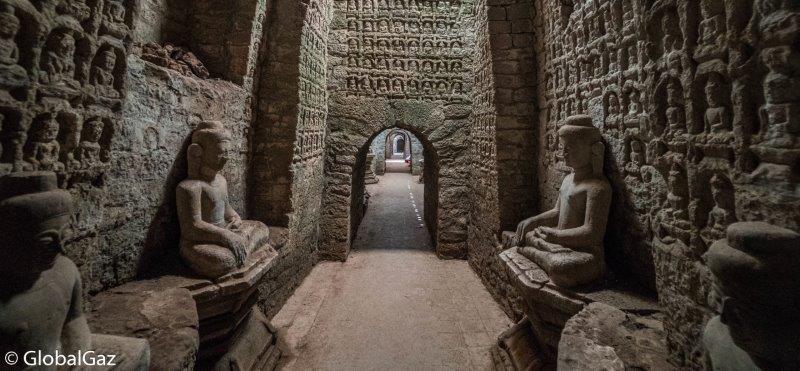
Trongsa Dzong
Bhutan this Lilliputian country nestled between Goliaths China and India is held mystical regard. And rightfully so, it is a unique country. While many people can point to the Tiger’s Nest Monastery as a well-known landmark, the country holds so many more treasures. A Dzong which are found in both Tibet and Bhutan fulfill multiple roles of fortress, temples, administrative offices, and monks’ accommodation. The largest dzong in the country in the Trongsa Dzong, which is set on the side of a verdant mountain.
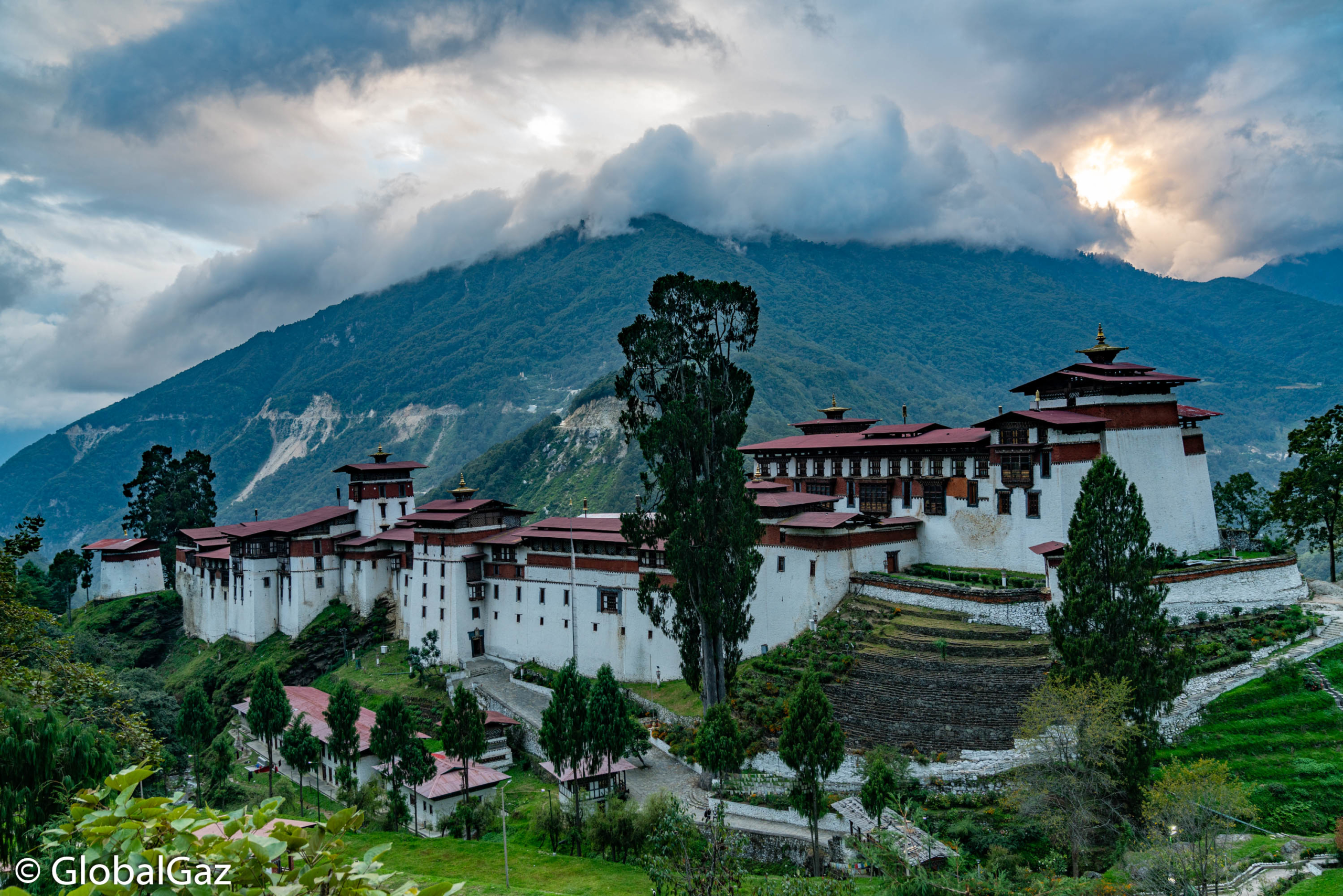
The vast majority of tourists who make it to Bhutan focus on the Big Three of Paro, Thimpu, and Punakha. And rightfully so. These three towns offer so much richness in history. But it is worth the extra effort to head to the central and eastern areas of Bhutan. Driving from the east, I crossed the crest of a mountain, and on the other side was the Trongsa Dzong, the largest in Bhutan. For a couple of hours, I explored this impressive landmark by myself. There were no other tourists here.
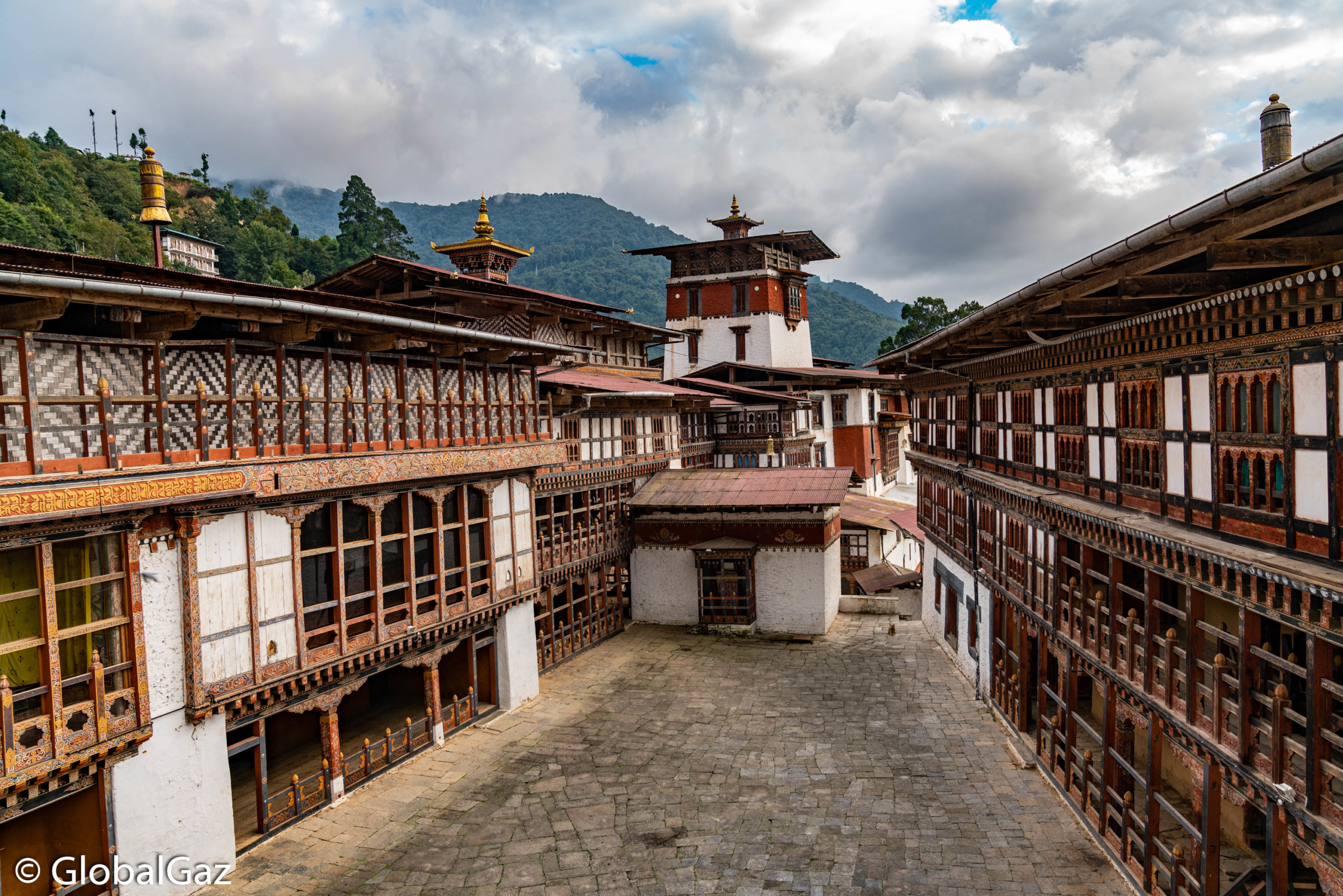
Sana’a
There are many magical skylines in our world, whether it is the view of Hong Kong from Kowloon or taking the ferry to Manhattan. But one city that will simply take your breath away is the UNESCO World Heritage city of Sana’a, Yemen’s capital. Sana’a is one of the world’s oldest continuously inhabited cities in the world for over 2,500 years. Sana’s is famed for having the first skyscraper. In the old city, over 6,000 structures are muddled together in a distinct style constructed with stone, clay, and mud-brick.

I was extremely fortunate to visit Sana’a prior to the civil war and the tragic civil war. I was unprepared for Sana’s seduction. This historic city oozed history and richness. One could spend hours exploring the nooks and crannies of this architectural gem.
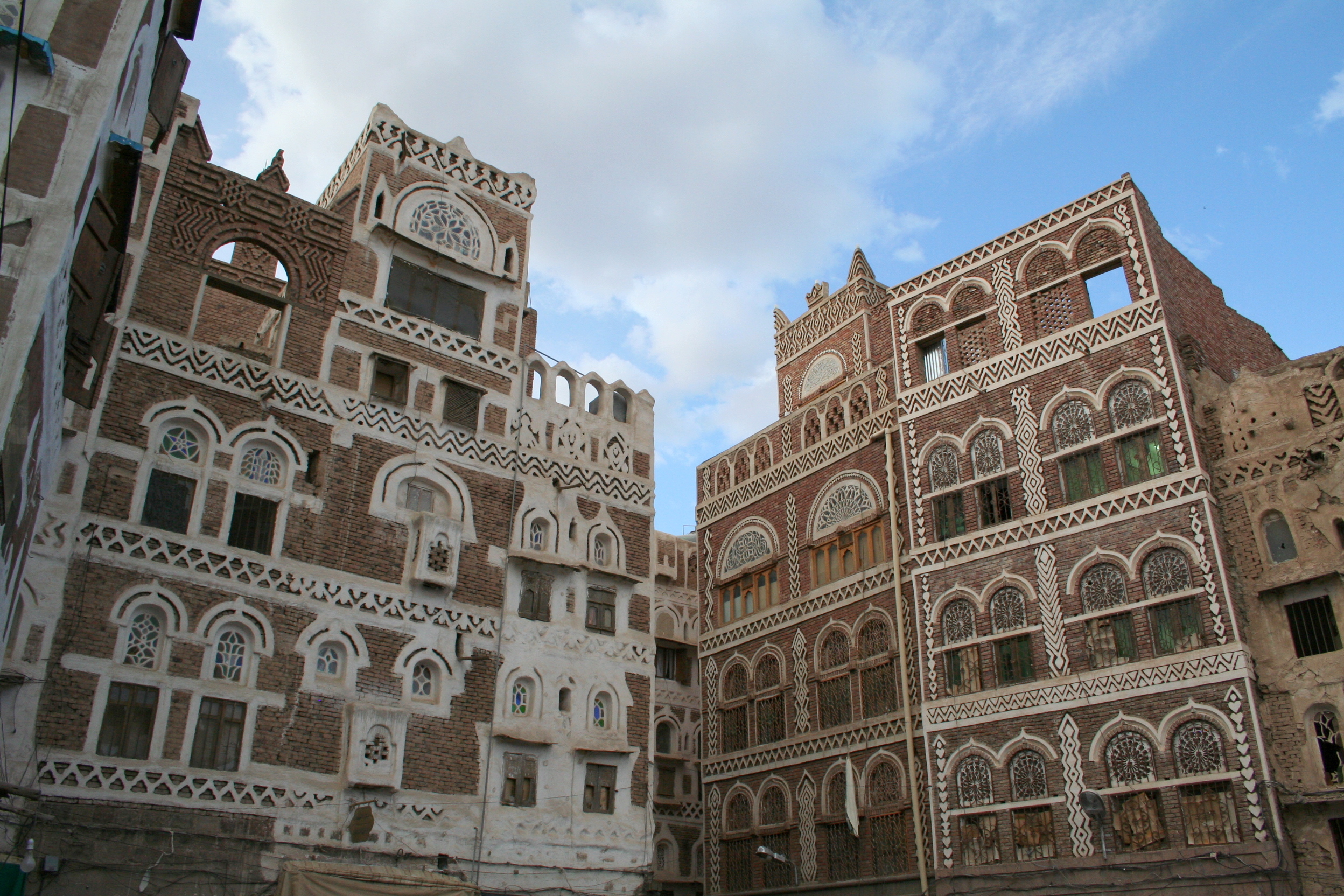
Noratus
The world’s first Christian nation, Armenia, can be found in the Caucasus region perched between Western Asia and Eastern Europe. Armenians trace the founding of their national faith, the Armenian Apostolic Church, to the early 4th century. Over time they developed a unique representation of the Christian cross known as the khachkar which is recognized on the UNESCO list of Intangible Cultural Heritage. The khachkars are intricately stone-carved crosses with the earliest ones dating to the 9th century. The largest collection of khachkars can be found next to Lake Sevan with nearly 1000 stone crosses. Noratus gained the title of the largest collection of khachkars after the deliberate and systematic destruction of the khachkars in Old Julfa, Nakhichevan by the government of Azerbaijan.
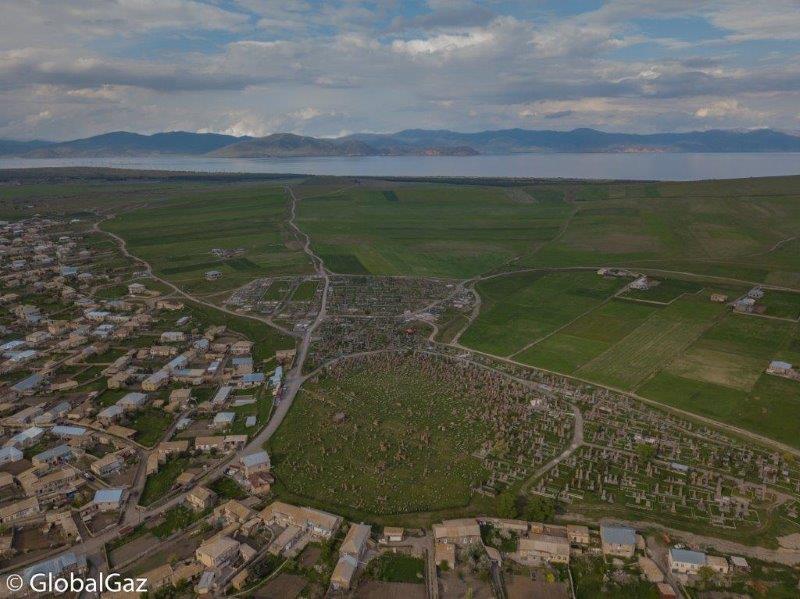
I have been to Armenia countless times. In fact, 17 years in a row, but I kept overlooking this historical gem. In a small village on the edge of Lake Sevan rests this meaningful piece of culture. It is an easy drive from Yerevan, the capital, and well worth a several hours of your time to meander throughout the cemetery.
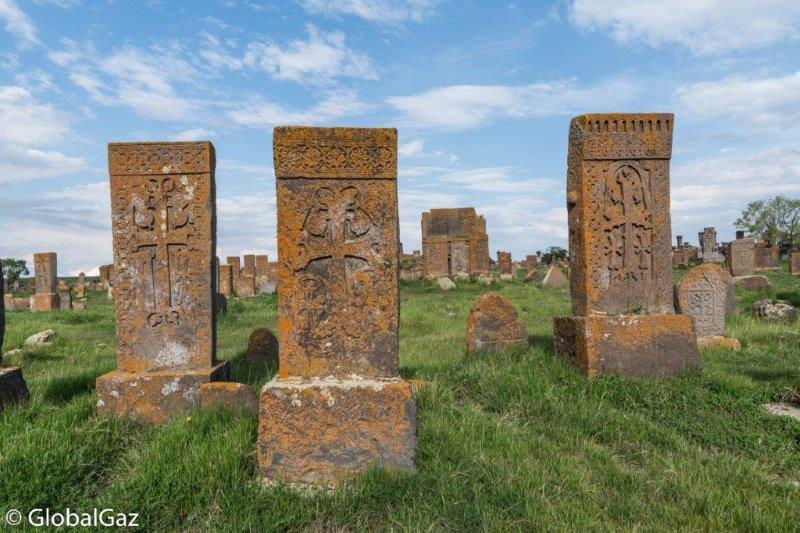
M’zab Valley
I have traveled to countless cities that share many commonalities, McDonalds, Starbucks, or Coca-Cola. And while sometimes these familiar brands provide some comfort and consistency; it can also detract from the magic and novelty of travel. The M’zab Valley located in Algeria’s Sahara Desert is devoid of these commonplace familiarities. M’zab is comprised of five walled villages which date back to the 11th century. But here, traditional culture is revered and respected. It is a step back in history.

Sometimes ignorance is a virtue. While I was aware of M’zab valley since I included it on my itinerary, there is limited information on the area. I was wowed as I explored the five towns interspersed with visits to palm tree oases while sipping sweet tea. And I was utterly fascinated by the medieval coverings the women wore which only exposed a singular eye.
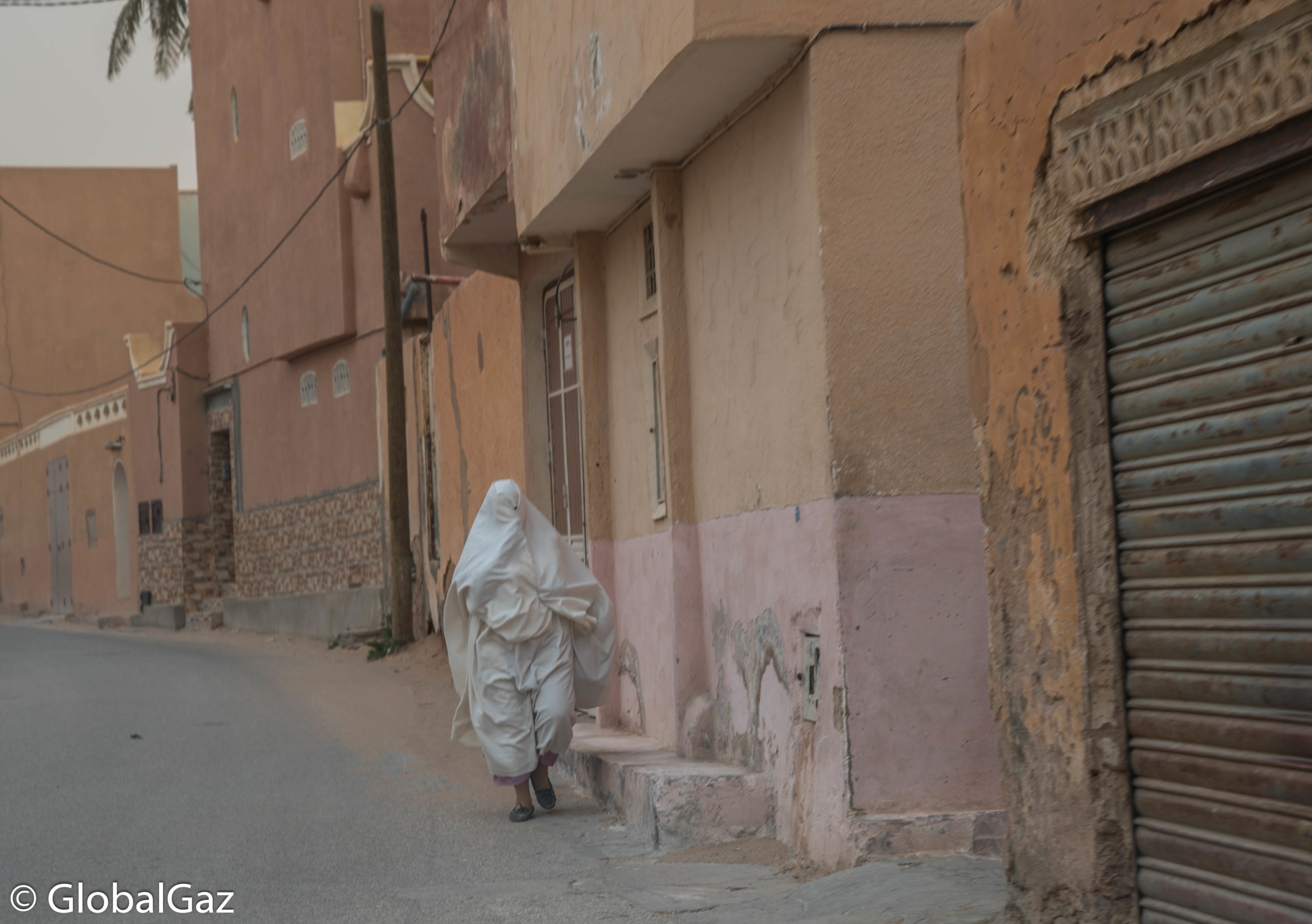
Blue Mosque
Shrine of Hazrat Ali also known as the Blue Mosque is located in the northern Afghan city of Mazar-i-Sharif. This current mosque was constructed in the 15th century and renowned for its azure tiles. The legend is that Ali ibn Abi Talib cousin and son-in-law of the Islamic prophet Muhammad is buried here, but many believe he is really buried in Iraq.
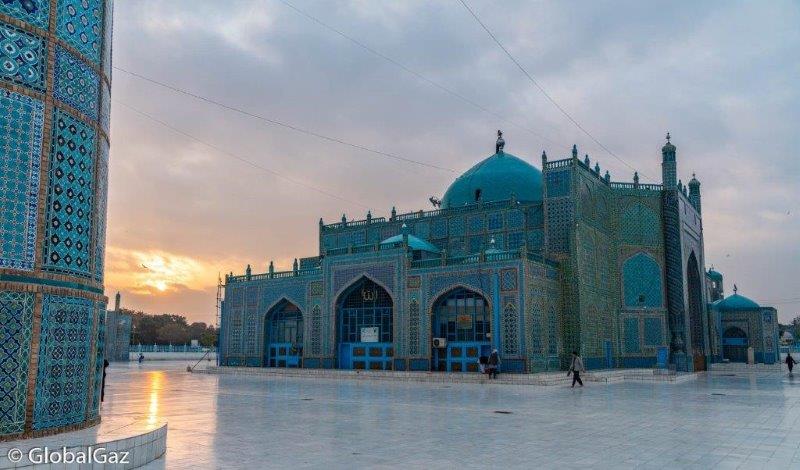
I had known of this shrine for years through perusing photos from Afghanistan. I imagined visiting but never thought it would be a possibility due to Afghanistan’s instability. The starts aligned and I was invited to visit this country for a fascinating two weeks. One of the highlights of the visit was both the sunset and sunrise visits to the mosque. Besides admiring the beauty, this was a great location to meet with the locals.
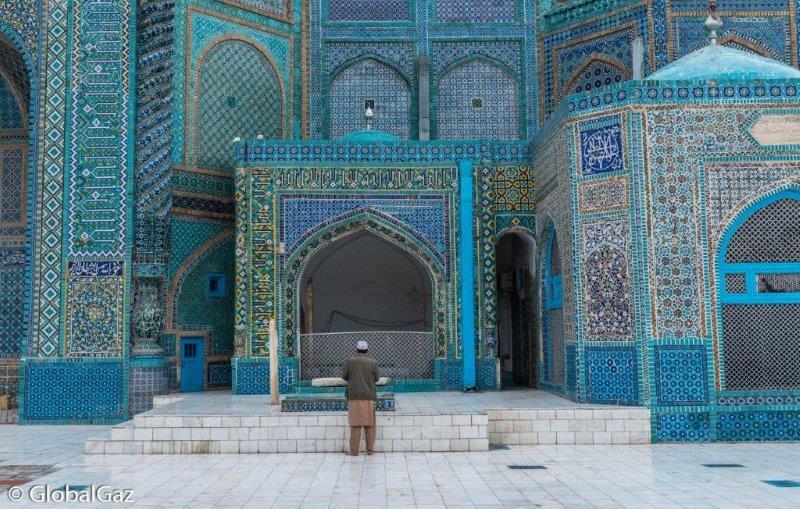
And don’t forget to check out the 7 Off The Beaten Path Wonderful Experiences Of The World.
And also 7 Off The Beaten Path Natural Wonders Of The World.
7 Off The Beaten Path Dark Tourism Sights Of The World.
7 Most Fascinating Abandoned Places Of The World.
7 Off The Beaten Path Wonders Of The World

Photos From Chernobyl
Sign up to receive your free copy of Photos From Chernobyl. Over 100 photos from the Chernobyl Exclusion Zone.






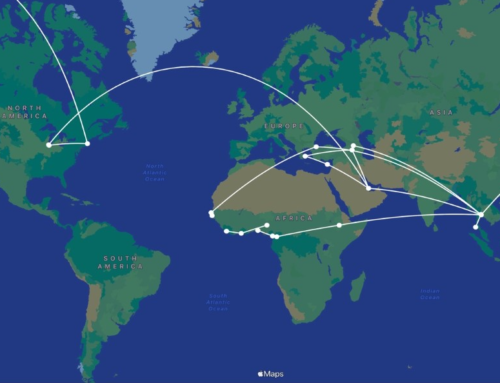
Great wonders of the world. How about Bagan??? Also, I never went to Noratus. Never heard of it. How can that be???
Bagan is one of my favorite places in the world. So special. As you can see I put Mrauk U in Myanmar, which is seldom visited and quite fantastic.
YEs, Noratus is just not as well marketed as a Khor Virap or Garni, but it is a really special place.
I’ve only been to Mrauk U. So much more exploring ahead of me.
Glad you were able to visit! Hope you can go back again. An amazing place!
[…] 7 Off The Beaten Path Wonders Of The World […]
[…] 7 Off The Beaten Path Wonders Of The World […]
[…] 7 Off The Beaten Path Wonders Of The World […]